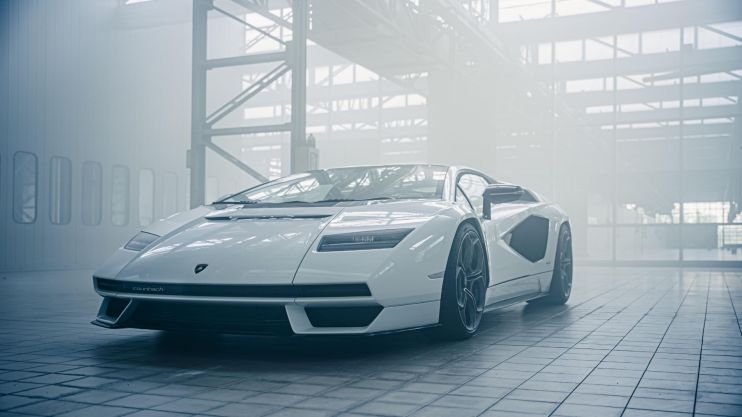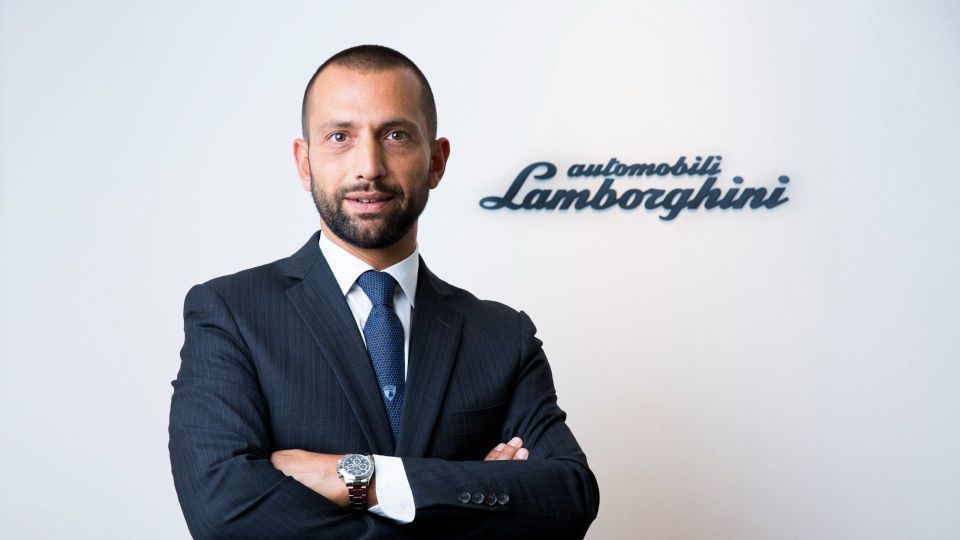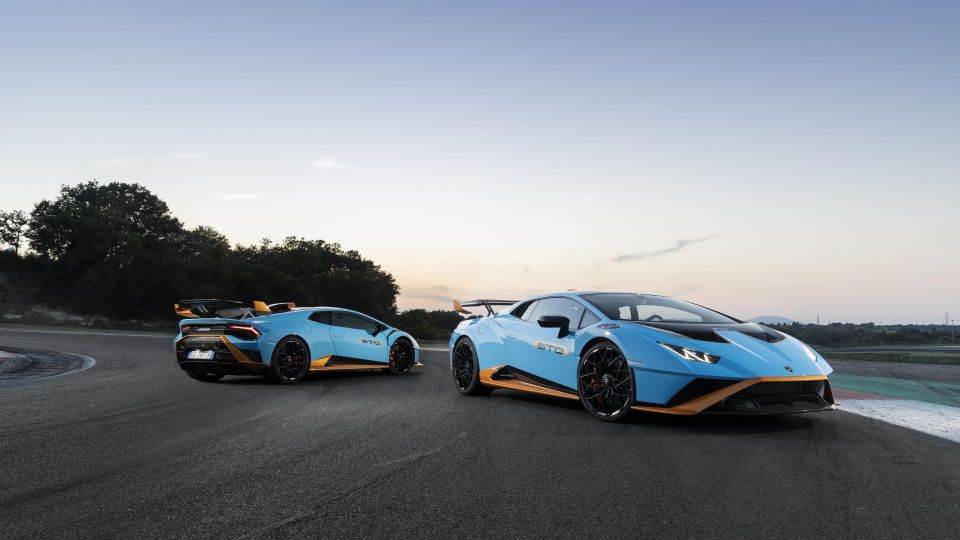Lamborghini to ‘celebrate the combustion engine’ with new models

Lamborghini will “celebrate the internal combustion engine” before all its cars become plug-in hybrids from 2024.
Francesco Cresci, the brand’s director for Europe, the Middle East and Africa, also revealed that two new models are due next year – and hinted at another limited-run hypercar to follow the recent £2 million (and sold-out) Countach.
With the replacement for the ageing Aventador pushed back to 2023, one of the new arrivals is likely to be a faster, more focused version of the Urus. The V8-engined ‘super-SUV’ accounts for 50-60 percent of sales and has hugely bolstered Lamborghini’s bottom line. “We built 200 cars a year, on average, for the first 40 years of this company,” Cresci explains. “For 2021, we’re on-track to make around 7,500.”
Bring the noise

A fully electric car will come “closer to 2030”, following a £1.5 billion investment, as Lamborghini aims to “become a symbol of human progression”.
However, Cresci is upfront about the challenges ahead. “Sound is more of the main characteristics of a Lamborghini. You can make EVs sound different, of course, but we want to retain the emotion of driving.”
In fact, Lamborghini hasn’t given up on howling V10s and V12s just yet. Like Porsche – also part of the Volkswagen Group ‒ the company is researching synthetic fuels. Also known as e-fuels, these are made from green hydrogen and carbon captured from the atmosphere. They could, potentially, offer the supercar another lease of life.
A four-car range

Cresci also confirmed a ‘fourth model’ is in development, which will sit apart from the Urus, Huracan and Aventador. Persistent rumours point to a sleek saloon in the mould of the 2008 Estoque concept (and indeed the Porsche Taycan).
Although he wouldn’t be drawn, Cresci he did highlight the 1968 Espada – arguably the first four-seat supercar – alongside the Miura, Countach and LM002 as one of Lamborghini’s “most iconic models”.
Tim Pitt writes for Motoring Research